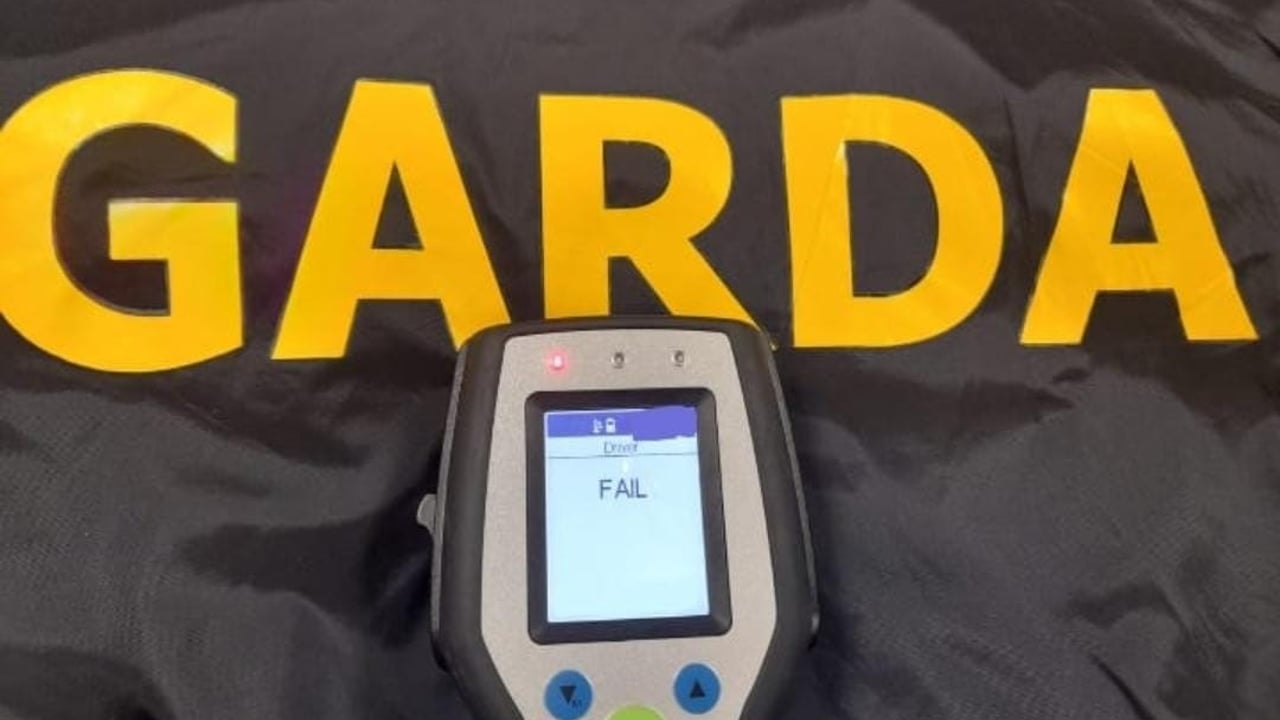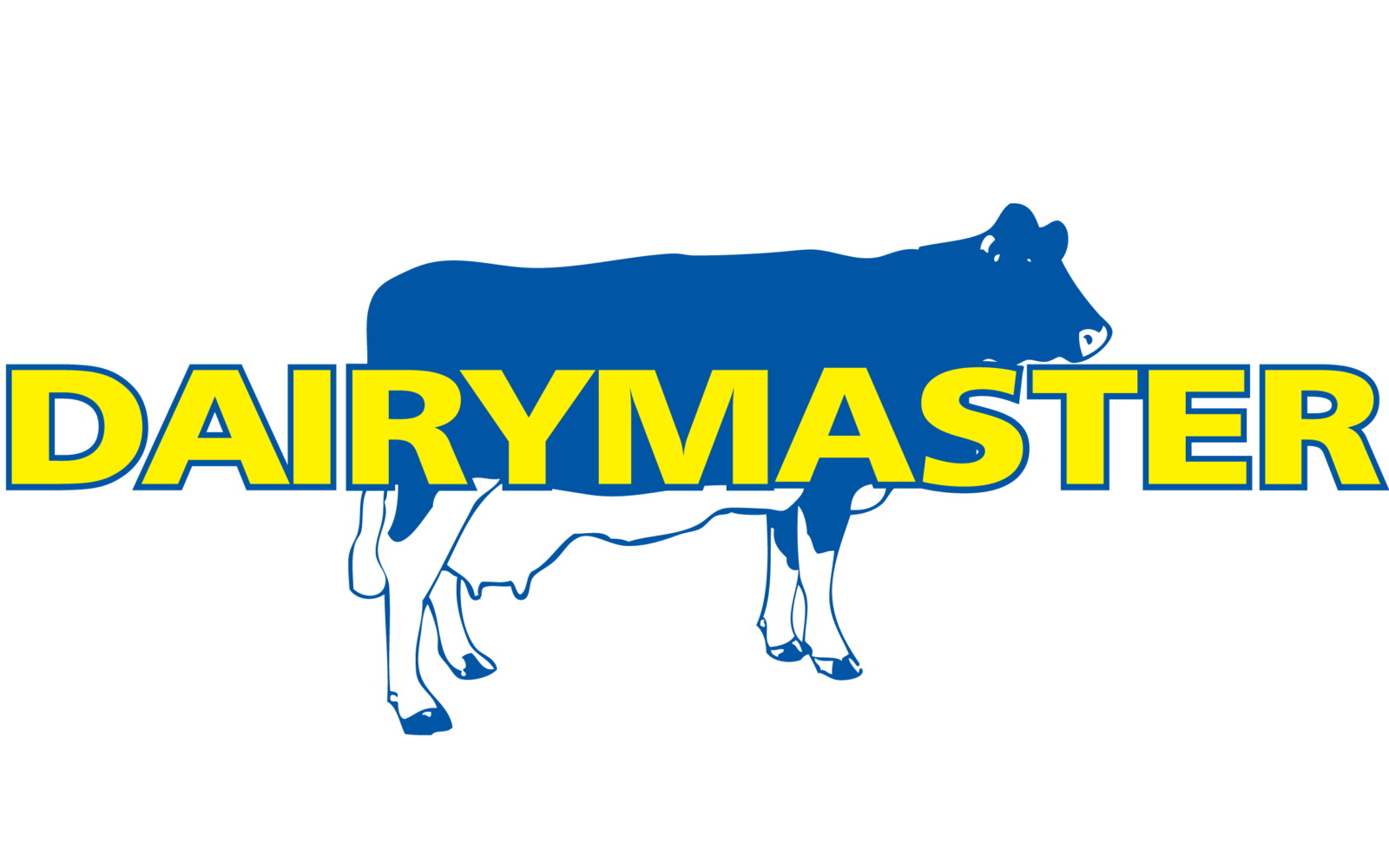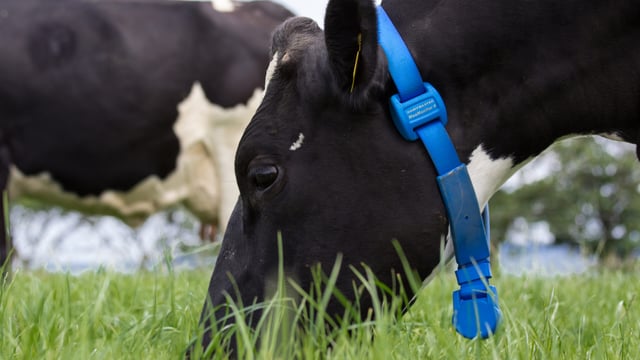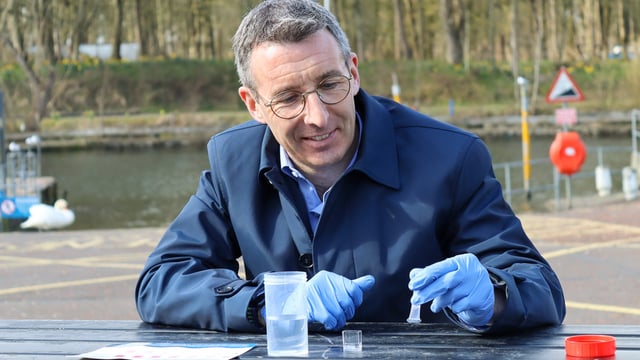RSA: Almost half of drivers underestimate their alcohol levels
New data from the Road Safety Authority (RSA) has revealed that nearly half (45%) of people who tested their alcohol levels at a Flinebox breathalyser kiosk mistakenly believed that they were under the legal driving limit.
Under current legislation, the drink driving limit is a blood alcohol concentration of 50mg/100ml of blood.
For specified drivers, such as learner and novice drivers, the limit is less at 20mg/100ml of blood.
The findings come from an RSA pilot programme that trialled Flinebox breathalyser kiosks at hospitality locations and events across Ireland over a six-month period.
The RSA said the initiative was aimed at giving people real-time feedback on their alcohol levels and help them make informed decisions before getting behind the wheel.
During the six-month pilot, over 24,000 breathalyser tests and surveys were conducted.
- 45% of people who tested over the legal limit mistakenly believed they were fit to drive;
- 64% of those who exceeded the blood alcohol legal limit of 0.50g/L had said they were going to drive;
- 77% of those who mistakenly believed they were under the limit had said they were going to drive;
- Young men aged 18-34 were most likely to underestimate their alcohol levels and say they were going to drive.
Director of partnerships and external affairs at the RSA, Sarah O’Connor, said: “We are urging drivers not to rely on guesswork when it comes to alcohol and driving.
"This data shows that many people wrongly assume they’re under the limit when they’re not - putting themselves and others at serious risk.
“We introduced the breathalyser kiosks as an education measure to help drivers get a clear, scientific measure of their alcohol levels.
"The pilot made it clear that people struggled to understand their own level of impairment. But the real message is simple - if you have a drink, don’t drive.
"The safest option is to plan ahead, arrange alternative transport, and never take a chance behind the wheel," she added.
The pilot programme ran from August 2024 to February 2025, with Flinebox kiosks placed in hotels, bars, and event venues across Mayo, Galway, Cork, Limerick, Laois, and Westmeath.
The RSA first introduced the technology at Electric Picnic and later at the National Ploughing Championships, and it said there will be further deployments at major events later this year.
The breathalyser kiosks use Drager alcohol sensor technology, providing an accurate alcohol reading within 10 seconds.
Users blow into a straw, and a screen displays their result, indicating whether they are under or over the limit.
If over the limit, the system estimates how long it will take before it will be safe for the user to drive.











